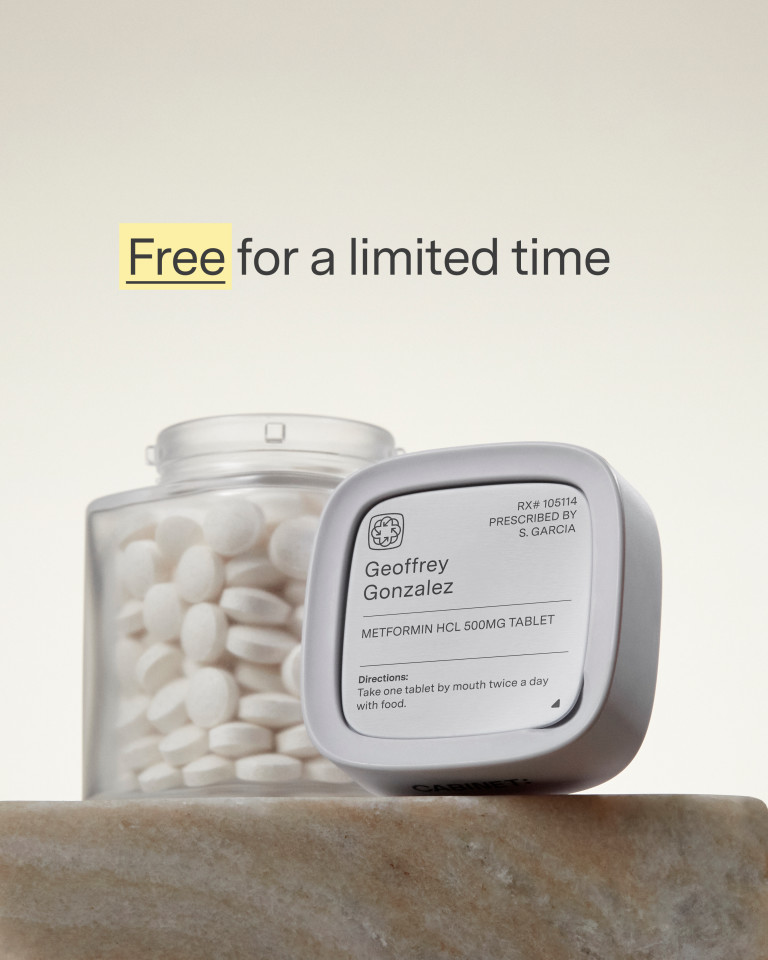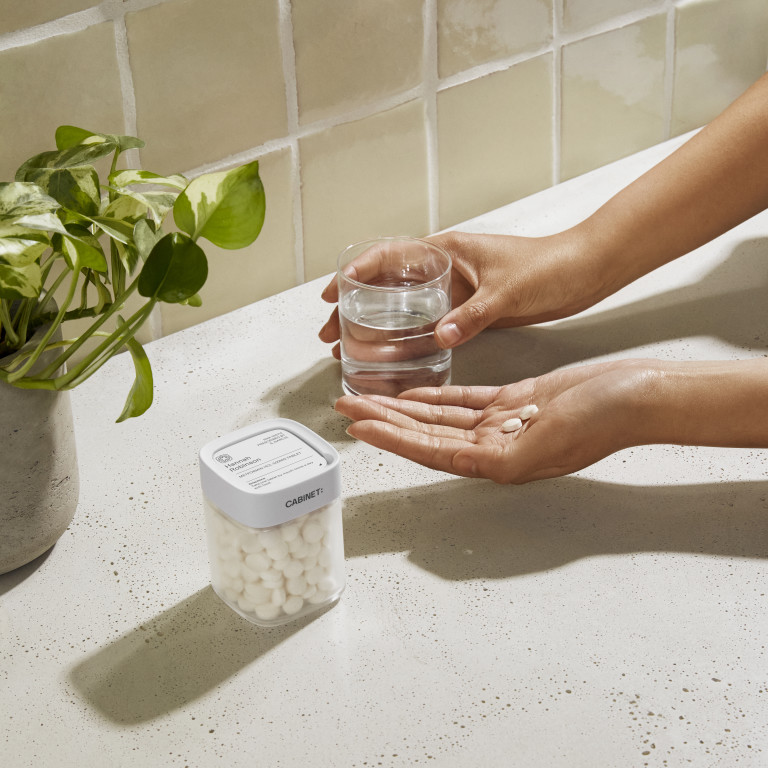Hydroxyzine is a medication that may come in two different forms: hydroxyzine HCL and hydroxyzine pamoate. These two variations of hydroxyzine may have slight differences in their composition, benefits, and potential side effects. Understanding these differences is crucial for both patients and healthcare professionals to make informed decisions about the appropriate use of this medication. In this article, we will explore hydroxyzine in detail, focusing on both hydroxyzine HCL and hydroxyzine pamoate, and discuss the key dissimilarities between them.
Introduction to Hydroxyzine
What is Hydroxyzine?
Hydroxyzine is an antihistamine medication, commonly prescribed to manage various medical conditions such as allergies, anxiety, and itching. It works by blocking the action of histamine, a substance produced by the body in response to allergens, thus providing relief from symptoms like itching, hives, and sneezing.
Hydroxyzine belongs to a class of drugs known as first-generation antihistamines. Unlike second-generation antihistamines, such as loratadine and cetirizine, hydroxyzine is more likely to cause drowsiness and sedation due to its ability to cross the blood-brain barrier. This sedative effect can be beneficial for individuals struggling with insomnia or anxiety disorders.
Common Uses of Hydroxyzine
Hydroxyzine is often used to treat allergic conditions, such as allergic rhinitis and urticaria (hives), due to its antihistamine properties. Additionally, it is sometimes prescribed for anxiety disorders and as a sedative before medical procedures. Its calming effects make it useful for managing anxiety, tension, and sleep disturbances.
Another common off-label use of hydroxyzine is in the treatment of pruritus, or severe itching, especially in cases where other medications have been ineffective. The drug's antihistaminic and anti-inflammatory properties can help alleviate itching associated with various skin conditions, such as eczema, psoriasis, and insect bites.
Exploring Hydroxyzine HCL
The Composition of Hydroxyzine HCL
Hydroxyzine HCL is the hydrochloride salt form of hydroxyzine. It is a crystalline powder that is soluble in water. When taken orally, hydroxyzine HCL is rapidly absorbed by the body, allowing it to start working relatively quickly to provide relief.
Hydroxyzine HCL belongs to a class of medications known as antihistamines. Antihistamines work by blocking the action of histamine, a substance in the body that causes allergic symptoms. By inhibiting histamine, hydroxyzine HCL can alleviate symptoms such as itching, sneezing, and runny nose associated with allergies.
The Benefits of Hydroxyzine HCL
Hydroxyzine HCL has been proven effective in treating various allergic conditions, including allergic rhinitis and urticaria. It is also commonly used off-label to manage anxiety and as a sedative. Its ability to reduce anxiety and promote relaxation can be beneficial for individuals with anxiety disorders.
Moreover, hydroxyzine HCL's sedative effects make it helpful for those experiencing sleep disturbances. By reducing anxiety and promoting a sense of calmness, it can facilitate better sleep quality.
It is important to note that hydroxyzine HCL should be used with caution in elderly patients, as they may be more sensitive to its sedative effects. Additionally, individuals with a history of liver or kidney disease should consult their healthcare provider before using hydroxyzine HCL.
Potential Side Effects of Hydroxyzine HCL
As with any medication, hydroxyzine HCL may cause side effects. Common side effects may include drowsiness, dry mouth, dizziness, and blurred vision. These side effects are usually mild and transient.
In rare cases, hydroxyzine HCL may cause more serious side effects such as irregular heartbeat, seizures, or allergic reactions. If you experience any unusual symptoms while taking hydroxyzine HCL, seek medical attention immediately.
Unpacking Hydroxyzine Pamoate
The Composition of Hydroxyzine Pamoate
Hydroxyzine pamoate is a salt form of hydroxyzine, combined with pamoic acid. This form of hydroxyzine is less soluble in water compared to hydroxyzine HCL. Hydroxyzine pamoate is available in capsule form and is typically taken orally.
When hydroxyzine pamoate is ingested, it undergoes a process in the body where the pamoic acid component dissociates, releasing the active hydroxyzine. This mechanism allows for the gradual absorption of the medication into the bloodstream, contributing to its sustained release properties.
The Benefits of Hydroxyzine Pamoate
Hydroxyzine pamoate offers similar benefits as hydroxyzine HCL, including the management of allergic conditions and anxiety. However, it is often preferred for long-term use due to its sustained release properties. The sustained release capsules allow for a gradual release of the medication, providing a longer duration of action and potentially reducing the frequency of dosing.
Moreover, hydroxyzine pamoate has been found to be effective in managing pruritus (itching) associated with various skin conditions, such as eczema and urticaria. Its antihistaminic properties help alleviate itching by blocking the action of histamine, a compound involved in inflammatory responses.
Potential Side Effects of Hydroxyzine Pamoate
Hydroxyzine pamoate may have similar side effects to hydroxyzine HCL, including drowsiness, dry mouth, dizziness, and blurred vision. These side effects are generally well-tolerated and diminish over time. It is important to note that individual responses to medications can vary, and it is essential to consult a healthcare professional for personalized advice.
In some cases, hydroxyzine pamoate may cause gastrointestinal disturbances such as nausea or constipation. These side effects are usually mild and transient, but if they persist or worsen, it is advisable to seek medical attention for further evaluation.
Key Differences Between Hydroxyzine HCL and Hydroxyzine Pamoate
Differences in Composition
The main distinction between hydroxyzine HCL and hydroxyzine pamoate lies in their composition. Hydroxyzine HCL is the hydrochloride salt form, while hydroxyzine pamoate is combined with pamoic acid. This difference in composition not only affects their chemical structure but also determines their solubility and release characteristics.
Hydroxyzine HCL, being a hydrochloride salt, is highly soluble in water. This allows for rapid dissolution and absorption in the body, resulting in a quicker onset of action. On the other hand, hydroxyzine pamoate, due to its combination with pamoic acid, has lower water solubility. As a result, it exhibits a slower dissolution rate and absorption, leading to a delayed onset of action.
Differences in Benefits
Hydroxyzine HCL and hydroxyzine pamoate offer similar benefits, such as managing allergies and anxiety. However, their different release characteristics can influence their effectiveness in certain situations. Hydroxyzine HCL, with its immediate-release formulation, is often preferred when rapid symptom relief is desired. It can provide quick relief from allergic reactions or acute anxiety episodes.
On the other hand, hydroxyzine pamoate may be preferred when sustained release is desired. The pamoate formulation allows for a slower and more controlled release of the medication, resulting in a longer duration of action. This sustained release property can provide extended symptom relief, potentially reducing the need for frequent dosing and enhancing patient convenience.
Differences in Side Effects
The potential side effects of hydroxyzine HCL and hydroxyzine pamoate are generally similar, as they belong to the same drug class and have similar mechanisms of action. These side effects may include drowsiness, dry mouth, blurred vision, and dizziness. However, it is important to note that individual responses to medications can vary.
Some individuals may experience a different side effect profile or varying degrees of intensity with each formulation. It is crucial to discuss potential side effects with a healthcare professional to determine the most suitable form of hydroxyzine for a specific individual. By considering factors such as medical history, concurrent medications, and individual tolerability, healthcare professionals can help patients make informed decisions regarding their treatment approach.
As we have discussed, hydroxyzine, available as hydroxyzine HCL and hydroxyzine pamoate, is a versatile medication used for treating various allergic conditions and anxiety. While hydroxyzine HCL works rapidly with its immediate-release formulation, hydroxyzine pamoate offers sustained release, potentially reducing the frequency of dosing. Each form has its advantages and may be better suited for specific circumstances. It is important for patients and healthcare professionals to carefully consider the differences between hydroxyzine HCL and hydroxyzine pamoate when determining the most appropriate treatment approach.










